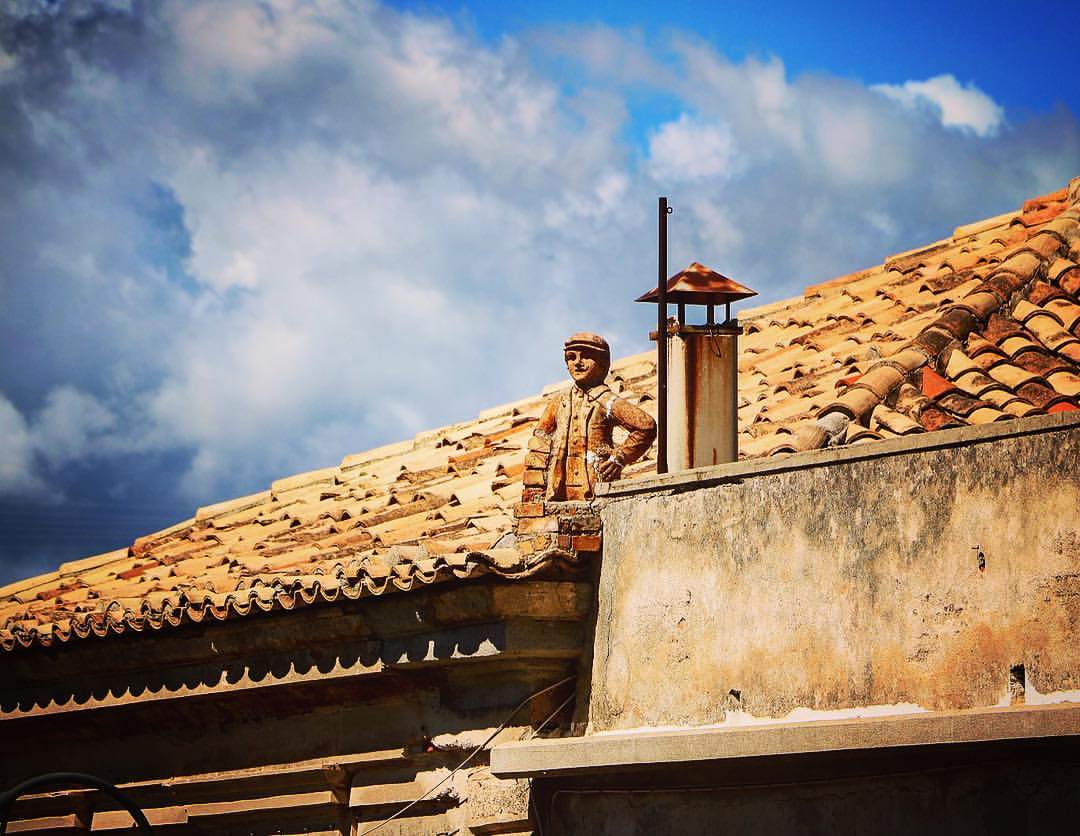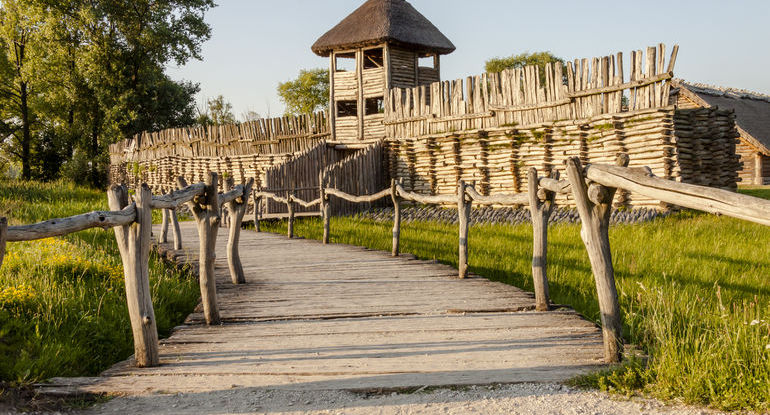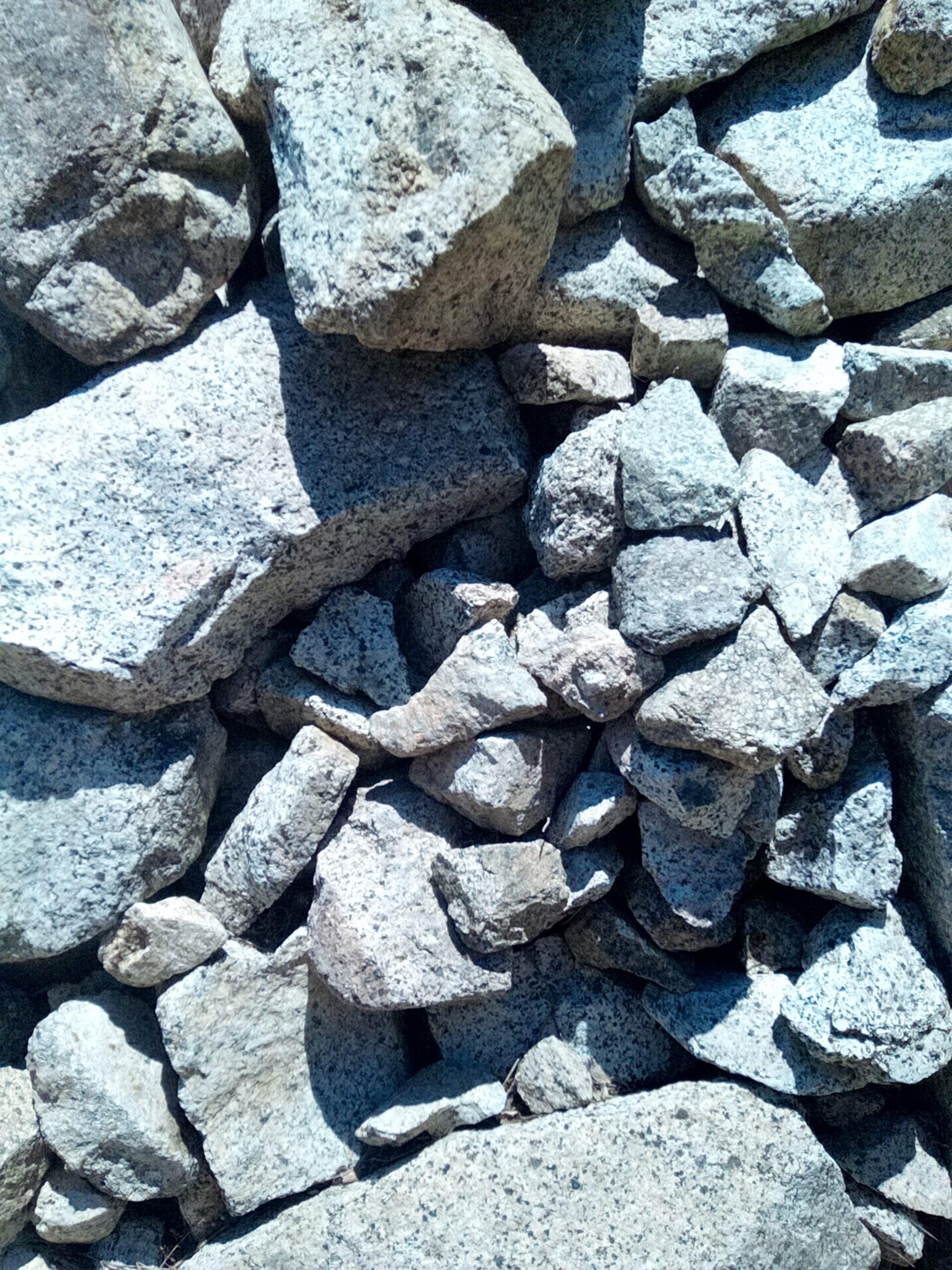
By LORENZO PAPASODERO
“A place is known only when you go there several times, you talk to the locals to collect local testimonies”.
Satriano has very ancient origins, it already existed at the time of Magna Graecia, when the Greeks colonized Southern Italy starting from the eighth century BC, a suitable place both for the development of commercial activities, thanks to the sea, and for agricultural production.
In ancient times the town was called with the name of the river “Cecino” (current Ancinale river), once navigable like many of our rivers in the past. According to an ancient document of the sixth century AD, found in the Vatican Archives, the name “Satriano” could date back to the Byzantine era. Satriano was a considerable fiefdom, in 1611 the Principality of Davoli, Isca, Sant’Andrea, San Sostene, Badolato, Cardinale and Torre di Ruggiero were granted to the Ravaschieri family by King Philip IV of Spain.
There are several noble palaces, elegant portals, apotropaic masks, floral baroque balconies, mills and oil mills to see in the town, but I want to focus on a particular story, a legend / tradition, which dates back to the nineteenth century.
Walking through the streets of Satriano, precisely in the historic center, you can see above a building THE STATUE WITH THE STONE ARM:
It is an all-round stone statue: “Ecce Homo” / “Here is the man ”Sometimes written and spoken“ we excel ”. In Satriano pronounced “Ecciomu”.
The legend / story tells of a young man who rebelled against his father and even raised his hands to him; to punish him for the gesture an angel, descended from heaven, petrified his arm that had acted gravely towards his father. Since then, as a warning to young people, it was customary to insert a small statue of a young man with a petrified arm in the buildings. One of these statuettes, in the round, about 70 cm high, is placed on the corner cornice of an ancient building that frames the central square. Why Ecce Homo ?: – Hitting the father is like scourging the Lord again”!



